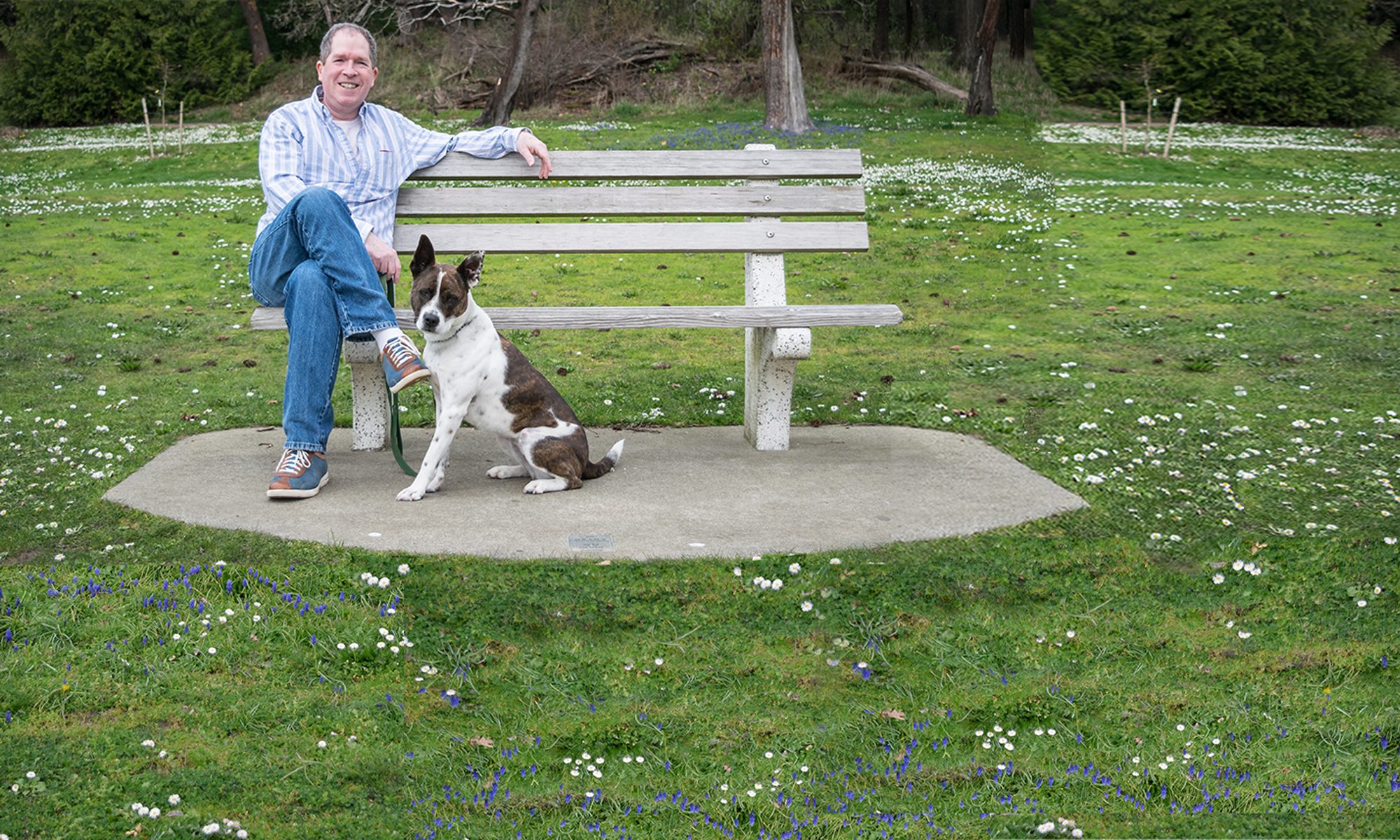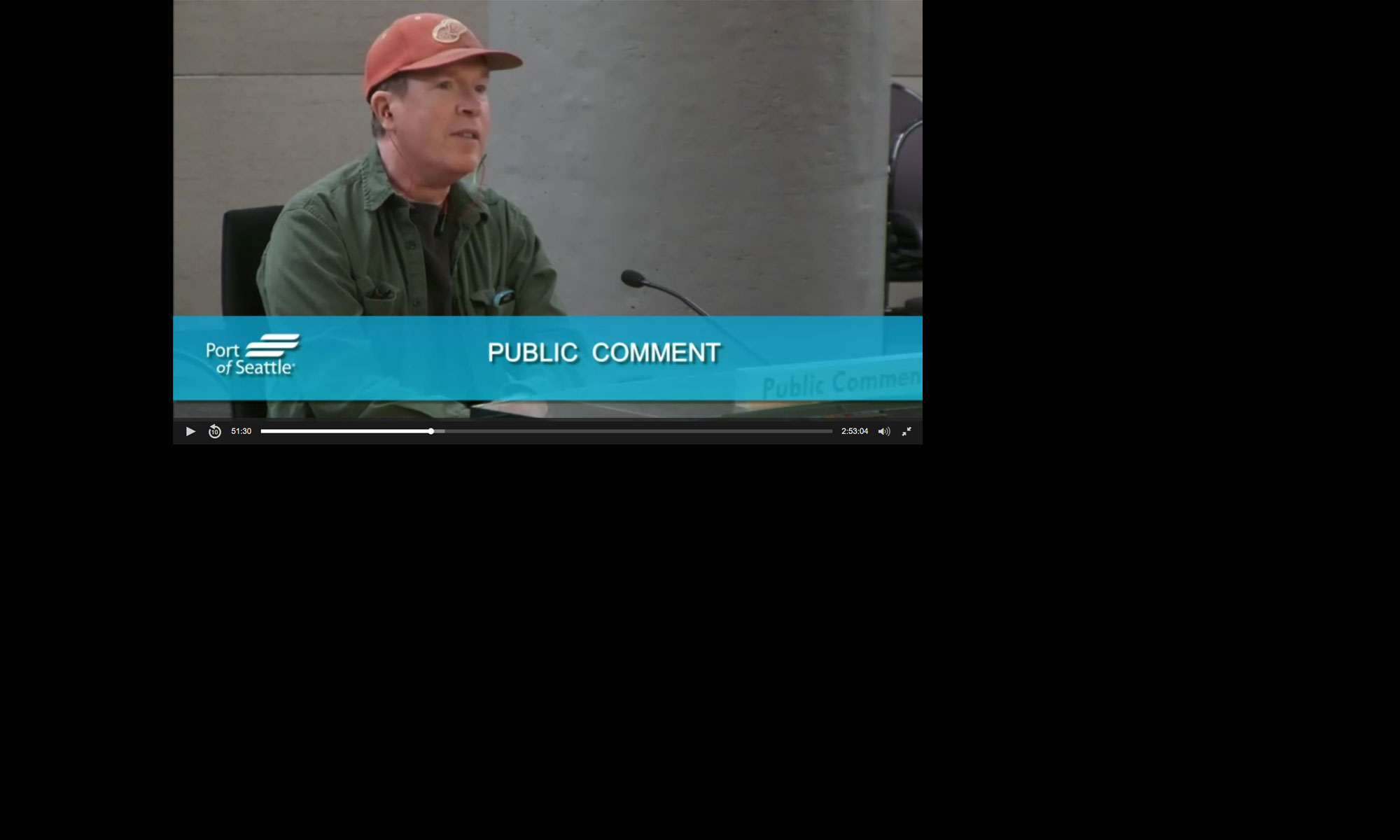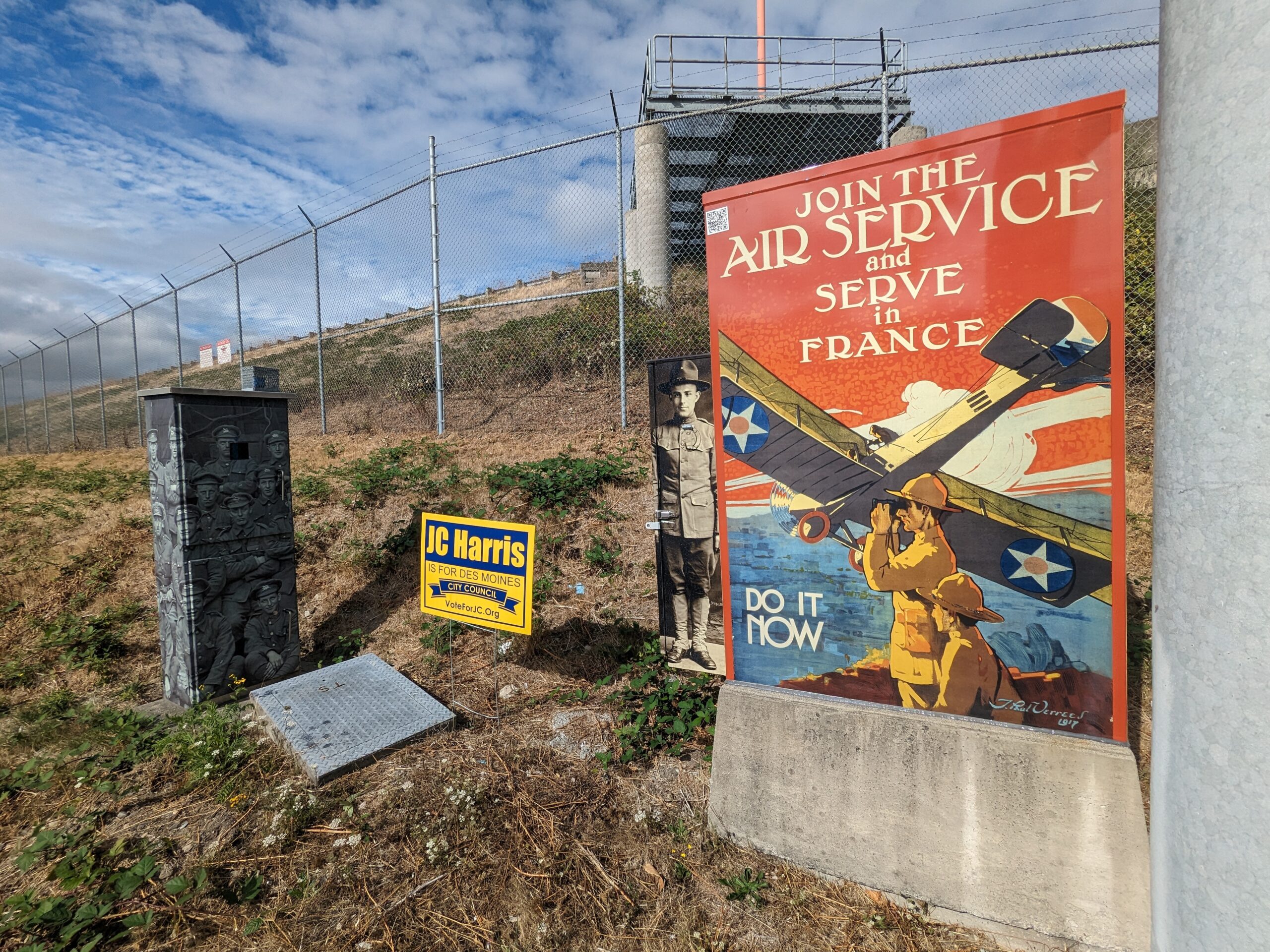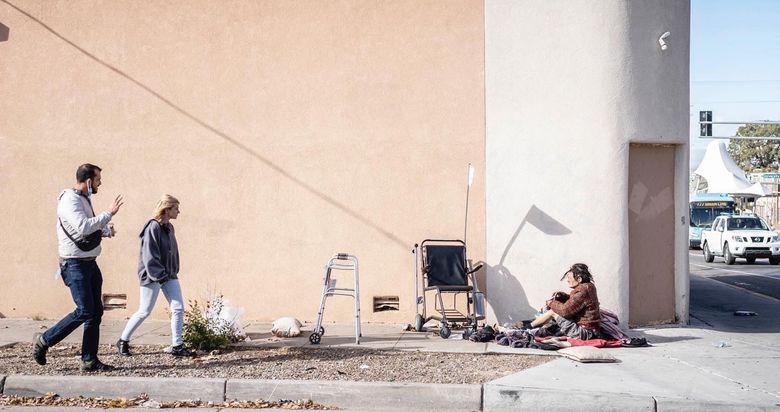Albuquerque built non-police 911 response fast — why can’t Seattle?
At first glance, temperate coastal Seattle and the landlocked desert city of Albuquerque, New Mexico, don’t have a lot in common. But scratch below the surface and the municipalities are more analogous than you might assume.
At $1.4 billion, Albuquerque has a similar general fund for its budget and, like Seattle, a strong mayoral form of government. Like us, the Albuquerque Police Department is under a federal consent decree for excessive force, in Albuquerque’s case since 2014, in ours since 2012. Albuquerque is also down an eerily similar number of police. In June 2022, the Economist reported 400 vacancies out of a total approved strength of 1,400, almost exactly analogous to Seattle’s attrition.
But in one respect Albuquerque is decisively different from Seattle. Since June 2020, it has built a mature and robust 911 response alternative for calls police do not need to respond to. In June of 2020, the mayor of Albuquerque, Tim Keller, announced the creation of the Albuquerque Community Safety (ACS) Department to respond to calls related to inebriation, homelessness, addiction and mental health. Billed as a “third department” to complement police and fire respectively, ACS has been a huge success. On a budget of approximately $6 million in 2022, the new department responded to more than 16,000 calls for service, nearly half of which freed up police to respond to more pressing calls. For 2023, the program is expanding to a budget of nearly $12 million to add 75 additional responders.
The urgency for Seattle to catch up cannot be overstated. In a recent report to the City Council, the Seattle Police Department indicated that as of December 2022 there are 962 officers in service, a nearly 30 year low. The same report projects that by December of 2024, two years from now, officers in service will be 980, an increase of only 18. We are hopeful the recruitment and retention efforts proposed by Mayor Bruce Harrell and approved by the City Council will accelerate that hiring, but part of this equation must be offloading to alternative-responders calls the police emphatically do not need to handle. A practical move that other jurisdictions are increasingly validating.
The data supports this redistribution of services. A report completed for SPD by the National Institute for Criminal Justice Reform (NICJR) found that from 2017 to 2019, 79.7% of SPD calls for service are noncriminal in nature and opined that 49% of SPD calls could be handled by an alternative service. While that number is likely high, SPD has proposed that 12% of calls for service representing 6% of overall officer time could be assigned to alternative responders in the near future. At the very least, we should move quickly and efficiently to focus on this subcategory of calls with an alternative response.
The Seattle City Council has repeatedly funded and supported efforts to stand up alternatives, but only the mayor can actually build and deploy them. Mayor Harrell has worked with the council in good faith to make progress on this critical work throughout 2022 and has publicly expressed an ambition to create a third department akin to Albuquerque. Mayor Harrell proposed, and the council approved, an alternative response pilot in the 2023-2024 biennial budget that could form the nucleus of this future department. And, for the first time ever, the council and Mayor Harrell have an agreement called a “term sheet” governing the progress of this work — significant progress after the gridlock of 2020 and 2021.
However, as Albuquerque’s recent experience shows, government can move quickly when it wants to. In the time it has taken Seattle to develop an outline for a pilot and write a term sheet, Albuquerque has responded to 16,000 calls. The people of Seattle expect these calls for service to be responded to, and we must move with the urgency the moment requires to get this work done. Hopefully, the new year will bring renewed intensity for this critical public safety priority, and we can add one more surprising similarity between Seattle and Albuquerque.




